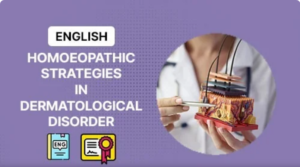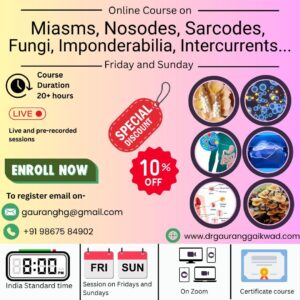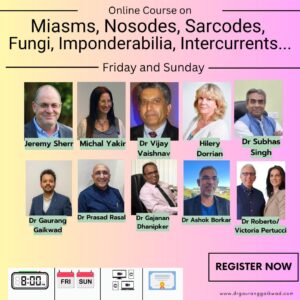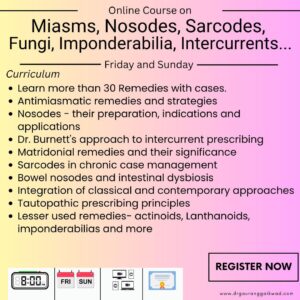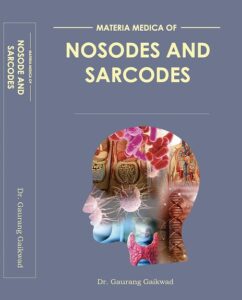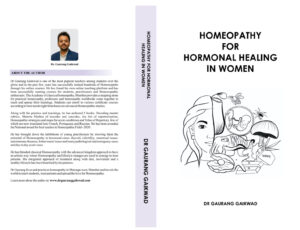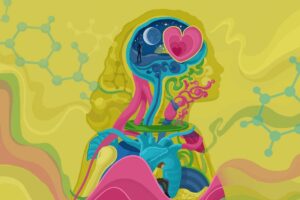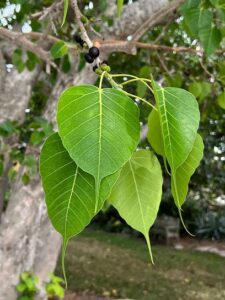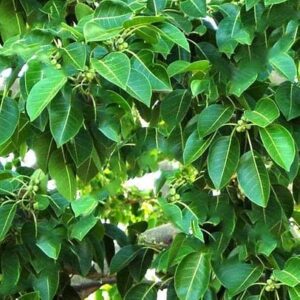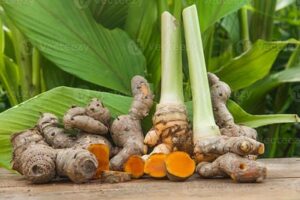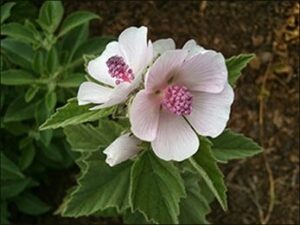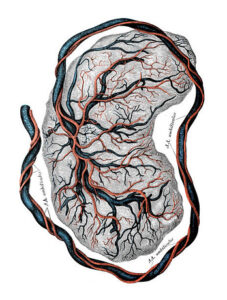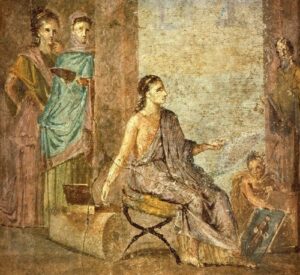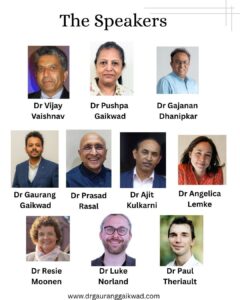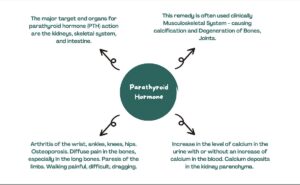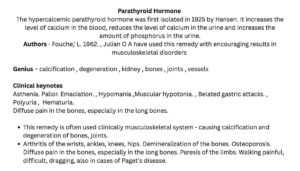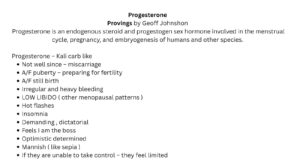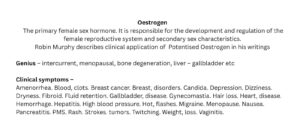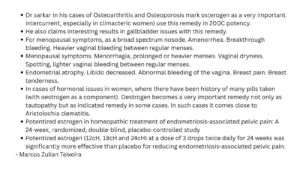Dr.Gaurang Gaikwad
SCHMERZFREI UND BEWEGLICH PDF
Onlinekurs – Dr. Gaurang Gaikwad – Schmerzfrei und beweglich – Tag 1
Kompaktwissen Verletzungen und homöopathische Schmerzmittel
Homoeopathic Strategies in Dermatological Disorders
opics Covered: Psoriasis, Eczema, Urticaria, Vitiligo, Herpes, Ulcers, Boils, Acne,
Impetigo, Ringworm, Lichen planus, Burns, Molluscum contagiosum, Morphea,
Bed Sores, Autoimmune skin diseases, and more.
Transgenerational Patterns,
Miasms in Homeopathic Prescription
workshop of nosodes ,sarcodes and bowel
Materia Medica of Nosodes and Sarcodes by Gaurang Gaikwad
MATERIA MEDICA OF SARCODES AND NOSODES with Therapeutic Index PDF
5 results for ‚gaurang gaikwad‘
Dr. Prakash Vakil Tongue that does not lie PDF
Hormone Remedies in Homeopathy
We explore some lesser-used, but important,
hormonal sarcodes and nosodes
Insulinum,
Progesterone,
Oxytocin,
Estrogen,
ACTH,
Growth hormone,
TSH,
Melatonin,
Pepsinum,
Histaminum, etc
Main themes for these remedies:
Fast-paced individuals, always moving
Deep-seated despair, hopelessness,
A lack of reaction in cases
Patients who takes too much responsibility
We often give these remedies when the state
doesn’t seem to fit any polychrest.
Progesterone
This remedy is Kali carb-like in its nature.
After-effects of: miscarriage, stillbirth, puberty (especially early), irregular cycles,
heavy bleeding, low libido, menopausal complaints, hot flashes, insomnia.
They are the organizers, the planners, the women who hold everything together.
Bossy, demanding, dictatorial, optimistic and determined.
If they feel they can’t control their environment, they feel emotionally limited.
A strong sepia-like „mannish“ quality.
Oxytocin
The attachment hormone
Affections from:
Induced birth with oxytocin
Violent contractions during pregnancy and delivery
Birth induced with medicines
C-section (post-operative states)
Disappointment in love leading to withdrawal from life
Lactation difficulties
Oxytocin often resembles the Phosphorus state.
It creates an intensely demanding emotional tie,
especially between mother and child (It reminds one of Chocolate).
Called the „cuddle hormone“ or „love hormone”:
Sensual love, sexual bliss, and addiction to closeness
The feeling of bonding, nourishing, and intimacy
That blissful sense of connection, especially through touch
It enhances trust, promotes contentment, reduces anxiety,
and brings a deep calmness
But when this state is disrupted, there is a lifelong search for a mother’s love,
often accompanied by a feeling of isolation.
Oxytocin patients are:
Generous, empathetic, and sociable (just like Phosphorus)
Mothers who have too much emotional attachment to the child, leading to:
Low libido
Aversion to the husband
This can often lead to what we call the „Divorce Hormone“ state
Also observed in children (similar to Mag carb) who missed maternal touch
in early childhood, who grew up feeling emotionally undernourished.
Let’s continue learning together.
Our book “Hormonal Healing in Women’s Health” is now available and on sale!
30% discount right now!
DRUGS OF HINDUSTAN
Dr. Gaurang Gaikwad
The two people from whom I learnt the use of Indian drugs are Dr. Vijay Vaishnav,
who showed me some amazing results in cases of diabetes with Cephalandra indica 30,
and Dr. Sunirmal Sarkar, who used an entire repertoire of Indian remedies, especially
Azadirachta indica, which he found very similar to Lycopodium (he would call it
“Indian Lyco”). These two were the main inspiration for me in understanding these
remedies. I do believe that in the future, there is huge scope for using them in treating many complex cases. The main idea behind the use of the drugs of Hindustan, as discussed by S.C. Ghosh, one of the first collectors of Indian homeopathic drugs, is their relevance
in cases with few clinical symptoms. In such cases, Indian homeopathic drugs can
be administered in low potencies with frequent repetitions to aid in treatment.
Many Bengali homeopaths have been using these Indian drugs for the past 50-70
years, claiming remarkable results. These remedies can be an important addition
to constitutional remedies, serving as phasic remedies in some cases:
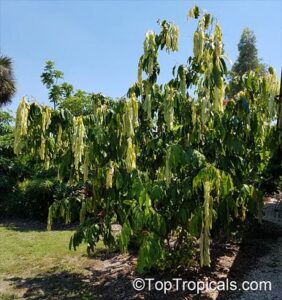
Saraca indica (Ashoka)
Family-Fabaceae
Source: The bark of the tree
Uses: Effective in cases of amenorrhea, profuse menstrual bleeding with associated
weakness, PCOS, infertility, and irregular menses. In some cases, menses can be very
scanty, offensive, and dark in color. Patients can be very emotional, with symptoms
of exaggerated hysteria.
Recommended Potencies: Low potency (1X or 6C) or Mother Tincture

Acalypha indica (Indian nettle)
Family-Euphorbiaceae
Uses: Primarily used for lung cancers and lung pathologies, especially
when symptoms are aggravated in the morning and there is a tubercular miasm
Ficus religiosa (Pipal)
Family-Moraceae
Proving: First proved by S.C. Ghosh
Uses: Effective for any kind of menorrhagia and metrorrhagia, especially when
all other remedies fail. It is particularly indicated for bright red hemorrhage
and a bearing down sensation
Ficus indica (Banyan Tree)
Family-Moraceae
Proving: Proved by ON Banerjee
Uses: A deeper remedy for bright red hemorrhage, greater anti-hemorrhagic
properties than Ficus religiosa, and to be considered when Ficus religiosa fails370
Asparagus (Shatavari)
Family-Asparagaceae
Uses: Used in cancer cases, especially in low potencies (1X or 6C). Known for enhancing
fertility (“Shatavari” translates to „hundred spouses“). Important for breast cancer
and other cancers, improving menstrual health and general weakness.
Known for its anti-cancer properties, it is used for various cancers,
including breast, stomach, and liver cancer
Curcuma longa (Haldi in Hindi)
Family-Zingiberaceae
Uses: A potent anti-cancerous remedy used in low potency.
Helps mitigate the side effects of chemotherapy
Althea officinalis
Family-Malvaceae
Family: Malvaceae family
Uses: Known as the best friend during chemotherapy. Helps with issues such as infections, dry cough, digestive issues, urinary problems, ulcers, and high blood pressure.
Assists in post chemo Healing.
Placenta Humana
From Rory 1995, Eberic/Ritzwer
Main Theme:
Idealistic personalities (like Ignatia)
Love and care until complete exhaustion (like Acid phosphoricum)
Exhausted housewives, mothers, caregivers
Mothers with disabled children who sacrifice themselves
Over-burdening themselves through caring idealism
Themes:
Estranged relationships
Relationships beyond death – caring for gravely ill in final days
Disappointed in connections with idealized love
May wish to follow deceased to death
Meditation
Children Needing This Remedy:
Extremely clingy to mothers – demanding attention
Fear of separation when mother is away
Continuous calling and screaming for mothers
Over-pampered children
Sweet, dependent, weepy, fearful
Furious and angry – fits of rage
Big fights with mother (even when very close)
Lots of conflict with mother
Physical Issues:
Very low immune system
Recurrent throat and chest infections
Gut viruses and inflammatory bowel disease (IBD)
Key Pattern: Exhaustion from over-giving +
deep attachment issues + compromised immunity
Chorda Umbilicus Proving
by David Riley and Melissa Assilem
Liquor Amnii (Amniotic Fluid) Provings: Pierre Schmidt (1927),
Melissa Assilem (2004), Julian Winston (2009)
Mildest of All Matridonial Remedies:
Mild, soft, gentle nature
Active and busy
Rarely angry
Extremely attached to mother – can sleep holding mother’s hand
Difficulty shifting from breastfeeding to baby food – weaning issues
Merge intensely with mother’s life – take on mother’s emotions
Physical Appearance:
Amniotic fluid is full of growth hormone – healthy appearance (keynote)
Well-built exterior, vulnerable and soft inside
May have history of post-term delivery – do not wish to leave womb life
Themes:
Purity and cleanliness – fluid personalities need lot of cleanliness
Water theme – thirst, salivation, urination, etc.
Merging with mother’s life
Sensation of softness (feel velvety to touch)
Feels things in a heightened way
Lack of control
Feels no boundaries
Clinical Indications:
Complaints from abortion and miscarriage
Spasms
Dry pregnancies
Nausea in pregnancy
Leaking water during pregnancy
Slow delivery process
Meconium in amniotic fluid
Death of twin in mother’s body
Never well since abortion
Coma-like sleep
Key Pattern: Extreme merging + heightened sensitivity
+ purity issues + water element
OPEN FREE webinar
Vernix Caseosa Tinu Smits (Holland) introduced this remedy to homeopathy
Vernix caseosa, oder Käseschmiere, ist eine weißliche, wachsartige Substanz, die den Fötus während der Schwangerschaft bedeckt und auch nach der Geburt noch auf der Haut des Neugeborenen vorhanden ist. Sie schützt die Haut des Babys vor dem Fruchtwasser, dient als Gleitmittel bei der Geburt, reguliert die Körpertemperatur und hat eine antimikrobielle Funktion.
Core Theme – Extreme Sensitivity & Lack of Protection:
Fragile and highly permeable personalitie
Easily overwhelmed by their own feelings and those of others
(reminds one of Pulsatilla, Staphysagria)
Very, very, very sensitive to everything – noise, smells, everything
Strongly affected by suffering of other people and the world at large
Cannot create a healthy distance
Emotional Picture:
Desire to be held, desire to be swaddled
Unprotected person – insufficiently protected against outside world
Feeling that they are naked, lacking skills
Says “everything is getting on my nerves”
As if no barrier between them and the world
Understanding the Remedy:
Vernix is only produced in humans – it protects the fetus
from any harmful effects of meconium and amniotic fluid
The remedy reflects this lack of protective barrier
Key Pattern: Extreme hypersensitivity + feeling unprotected/naked +
no boundaries + desire for protection/swaddling.
MEDO – The Currently most common Nosode in my clinic practice
Miracles of Medorrhinum
MEDO more in detail
1 ) Women Hormonal health – any case of Fibroid , adenomyosis , Polycystic ovarian
disease , Libido related issues, Dysmenorrhea , Fibroadenoma of breast , Infertility etc –
with history of menses ( which stain indelibly ) – this is often the deeper nosode
2 ) In Children’s cases of Developmental Delay , neurodegenerative disease , ADHD ,
Hyperactive children – with almost no peculiar symptom other than , child likes to sleep
lying on abdomen – just with this very KEY open symptom we have been open to unlock many cases of children when all other remedy fails
3 ) Any BONE and Joint , Rheumatism or even Neurological cases – with no results after
indicated remedy – with history of Recurrent Urinary tract Infections / Sexual transmitted
disease or Red warts / Moles all over the body
One more thing I would like to add , 1m will work better
than lower potency in Nosodes esp MEDO
THALAMUS as an Important SARCODE
for GERIATRIC CARE in NEUROLOGICAL CASES
Dear homeopathic colleagues,
In the last few months, I have been treating quite complex neurological cases —
from Alzheimer’s, Parkinsonism, and supranuclear palsy to much more complex
geriatric neurological disorders. Of course, the idea is to treat every case homeopathically and find a deeper, individualistic remedy. However, in such cases, after failing quite often. One of the sarcodes that I have used as an intercurrent remedy, with encouraging results,
is Thalamus (Gray nuclei around the encephalon; nerve-hormonal tissue from the brain)
in 30C potency. Sharing a clinical snapshot of the Materia Medica we have collected
about this remedy.

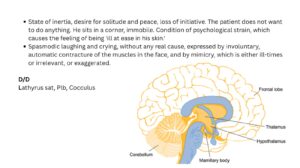
Many such clinical gems and experiences I am looking forward to sharing in our new course starting in January — GERIATRIC CARE and OPHTHALMOLOGY with Homeopathy, along with some of the finest homeopaths in the world.
Schedule: Fridays & Sundays | 8 PM IST (Live on Zoom)
Access: Recordings available for 2 years
Topics Covered
Geriatrics: Chronic Kidney Disease, Cardio-geriatrics, Dementia, Alzheimer’s, Parkinson’s, Diabetes, Osteoporosis, Stroke, Dysphagia, Aphasia, Nerve issues, Urine incontinence,
Falls & Injuries, COPD, Geriatric Rheumatology (OA, back pain, joint issues), Oncology, etc
Ophthalmology:
Glaucoma, Myopia, Cataract, Stye, Chalazion, Scleritis,
Conjunctivitis, Astigmatism, Corneal Ulcer, and more.
PARATHYROID HORMONE 30C in Osteoporosis in Geriatric Care
Parathyroid hormone (especially in 30C potency) is one of the important sarcodes
for today’s times, especially in geriatric care for osteoporosis and osteopenia.
Urea Pura 30c as a pathological remedy in chronic renal disease in geriatric cases
In the last few months, we have been using many sarcode remedies like
Urea Pura 30C as a pathological remedy in chronic renal disease, esp. in
geriatric cases. The results are encouraging. It has to be used strategically as
per Burnett’s Method (ladder of remedies) when treating such complex cases.
UREA PURA
Source: Urea Pura. Carbamide. Urea Nitrica.
The chief solid constituent of the urine of mammals.
Authors: Burnett, Clarke, and Allen have been the main clinicians
who have used this remedy with encouraging results in renal-associated pathologies.
Genius: An intercurrent remedy in renal and liver-related pathologies.
Clinical Symptoms
Albuminuria. Cirrhosis. Coma. Convulsions. Diabetes. Dropsy. Eczema (gouty).
Gout. Kidney stones. Liver cirrhosis. Pleurisy. Skin disorders. Tuberculosis. Uremia.
My main use of it has been in cases of renal failure as an intercurrent remedy.
Renal–Brain Related Symptoms
Mental dullness, stupor, coma.
Uneasiness; a feeling of being ill or poisoned.
Disorientation and transient confusion.
Strong urging for urination.
Pyelonephritis. Renal failure.
Urine as clear as water. Urine sediment.
Weakness.
Electrolyte disturbances – especially hyponatremia.
Syncope.
Liver-Related Symptoms
Nausea and vomiting.
Intolerable sensation in the abdomen.
Cirrhosis.
Ascites.
Skin-Related
Eczema associated with renal disorders.
Differential Diagnosis
PLB, Sulph, Solidago, Hell.
Oestrogen 30c and Progesterone 30c in homeopathic potentised remedies
are helping many perimenopausal, menopausal, and geriatric age groups.
Including diseases like – Allergic reactions, Amenorrhea, Blood clots, Breast cancer, Breast disorders, Candida, Depression, Dizziness, Dryness, Fibroids, Fluid retention, Gallbladder
disease, Gynecomastia, Hair loss, Heart disease, Hemorrhage, Hepatitis, High blood
pressure, Hot flashes, Migraine, Menopause, Nausea, Pancreatitis, PMS, Rash,
Strokes, Tumors, Twitching, Weight loss, Vaginitis.
There are indications to prescribe the above remedies based on clinical indications.
In the last few years, we have created some clinical Materia Medica indications on the
basis of which we often use these remedies as intercurrent and deeper remedies.
Maps of oestrogen and progesterone remedies

